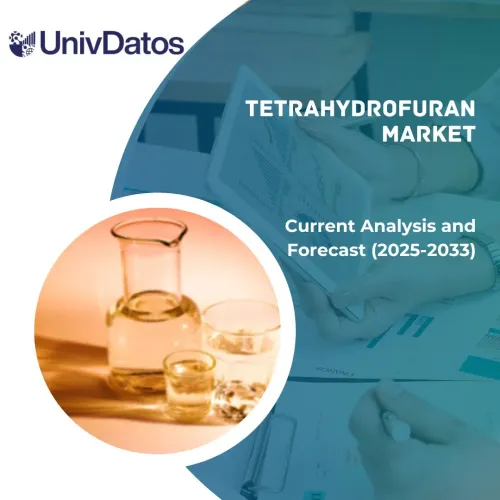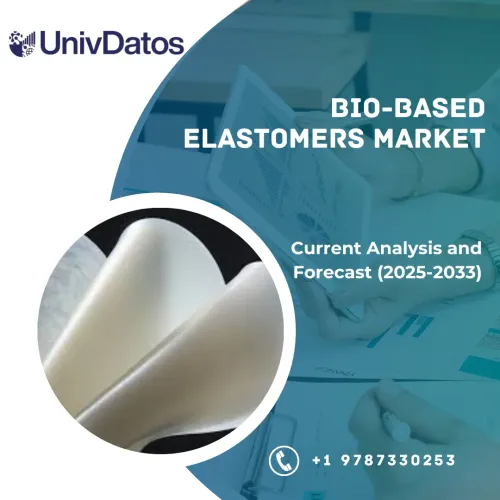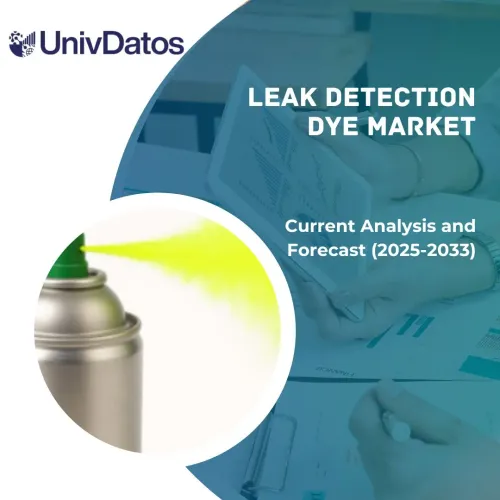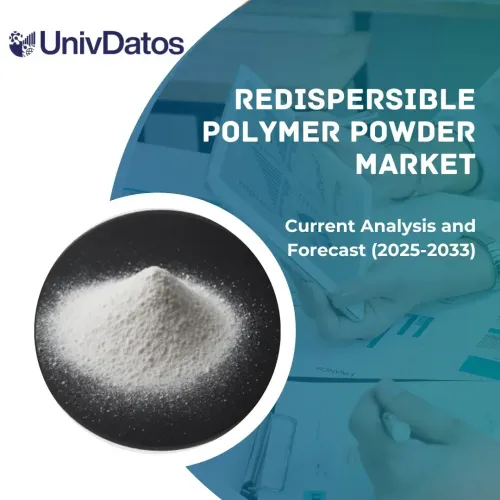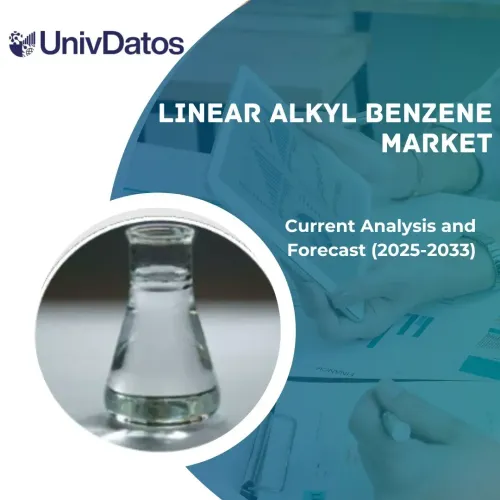- Home
- About Us
- Industry
- Services
- Reading
- Contact Us
Hereditary Angioedema Market: Current Analysis and Forecast (2021-2027)
Drug Class (C1-esterase inhibitor, Bradykinin B2 receptor antagonist, Kallikrein inhibitor, Others); Treatment Type (Prophylaxis, On-demand); Route of Administration (Intravenous, Subcutaneous, Oral); and Region/Country
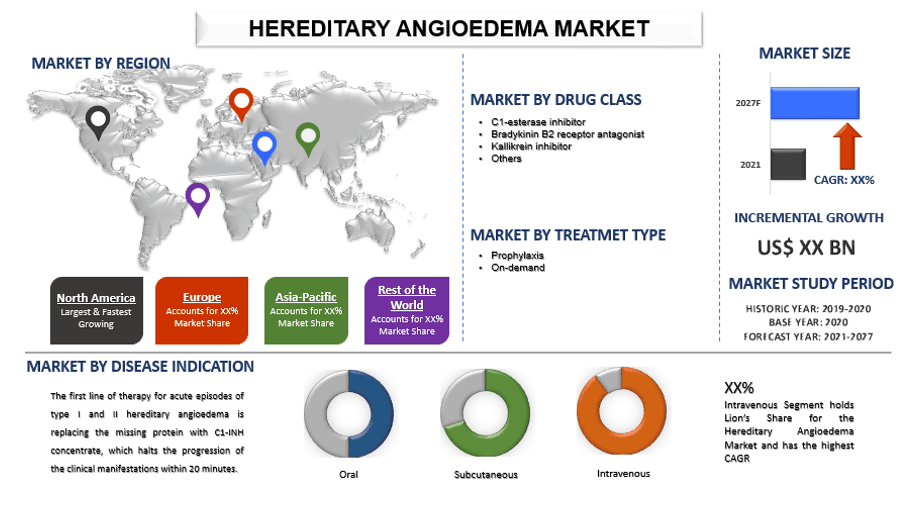
Hereditary Angioedema Market is expected to exceed the market valuation of more than US$ XX billion in 2027 and is expected to grow at a significant CAGR of XX% during the forecast period (2021-2027). Hereditary angioedema is a disorder where recurrent episodes of severe swelling (angioedema) occur. Swelling most commonly occurs in the limbs, airways, intestinal tract, and face. In addition to this, minor trauma or stress can trigger an attack and swelling often occurs without a known trigger. Severe abdominal pain, vomiting and nausea prevails when swelling occurs in the intestinal tract. Swelling in the airway can restrict breathing and lead to life-threatening obstruction of the airway. About one-third of the people with this condition develop a non-itchy rash called erythema marginatum during an attack. Symptoms of hereditary angioedema typically begin in childhood and worsen during puberty. On an average, untreated individuals get an attack every 1 to 2 weeks and most episodes last for about 3 to 4 days. The frequency and duration of attacks vary greatly from individual to individual, even among people of the same family. Hereditary angioedema are of three types, I, II, and III, and these can be distinguishes by their underlying causes and levels of protein called C1 inhibitor in the blood.
Key reasons for the market growth is the rapidly growing prevalence of hereditary angioedema, rising demand for preventive care, increasing awareness of the disorder and others. According to the National Organization for Rare Disorders (NORD), around 1-9 people per 100,000 population are affected by the condition. The actual number of individuals with the condition is significantly higher due to under reporting and misdiagnosis. The major reason for the misdiagnosis of this disease is its lack of awareness, which in turn leads to inadequate treatment that’s provided to the patients. Most patients with hereditary angioedema are misdiagnosed for conditions related to appendicitis, gastrointestinal disorders and other non-allergic angioedema. Significant number of patients being misdiagnosed for the condition has generated a vast patient pool with substantial medical needs. This is likely to be a key driving factor for the market growth.
Hereditary Angioedema (HAE) And Acquired Angioedema (AAE) Diagnosis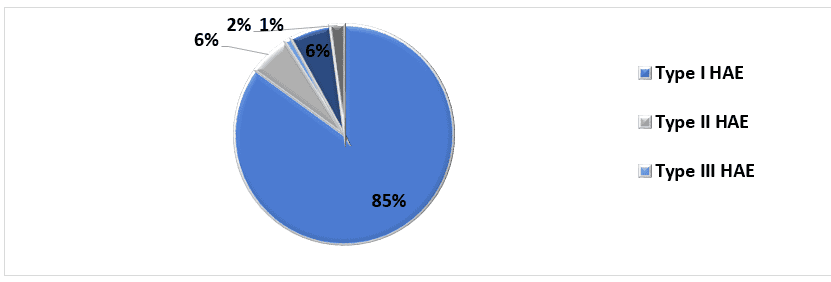
CSL Behring, Takeda Pharmaceutical Company Limited, Sanofi, Pharming Healthcare Inc., BioCryst Pharmaceuticals Inc., Attune Pharmaceuticals Inc., Ionis Pharmaceuticals, KalVista Pharmaceuticals Inc., Adverum Biotechnologies Inc., and Cipla Inc. are some of the prominent players operating in the Hereditary Angioedema market. Several M&As along with partnerships have been undertaken by these players to facilitate customers with hi-tech and innovative products/technologies.
Insights Presented in the Report
“Amongst Drug Class, Consumables segment holds the major share”
Based on Drug Class, the Hereditary Angioedema Market is segmented into C1-esterase inhibitor, Bradykinin B2 receptor antagonist, Kallikrein inhibitor, and Others. There are three types of hereditary angioedema, called types I, II, and III, which can be distinguished by their underlying causes and levels of a protein called C1 inhibitor in the blood.
“Amongst Treatment Type, Efficacy Hereditary Angioedema Segment holds the major share”
Based on Treatment Type, the Hereditary Angioedema Market is segmented into Prophylaxis and On-demand. On demand HAE, also known as acute treatment that is used to treat the symptoms of the HAE attack. The established treatment guidelines support the exploring of both preventive and acute therapy as part of the treatment plan. Patients with HAE are at high risk of attack on the airway due to which even after preventive medicine, it is important to seek on-demand treatment for many. This is because an attack affecting the airway is life threatening and should be treated as soon as possible.
“Amongst Route of Administration, Intravenous segment holds the major share”
Based on Route of Administration, the Hereditary Angioedema Market is segmented into Intravenous, Subcutaneous, and Oral. C1-esterase inhibitor has an intravenous route of administration and since it is the most used medication for HEA. The first line of therapy for acute episodes of type I and II hereditary angioedema is replacing the missing protein with C1-INH concentrate, which halts the progression of the clinical manifestations within 20 minutes. This makes the intravenous route of administration the most used.
“North America represents one of the largest markets of Hereditary Angioedema market”
For a better understanding of the market dynamics of the Hereditary Angioedema market, a detailed analysis was conducted for different regions across India including North America (US, Canada, Rest of North America), Europe (Germany, UK, France, Spain, Italy, Rest of Europe), Asia-Pacific (China, Japan, India, Australia, Rest of Asia-Pacific), Rest of World. North America dominated the market and grabbed around XX% market share owing to increasing awareness of the disease in the region.
Reasons to buy this report:
- The study includes market sizing and forecasting analysis validated by authenticated key industry experts
- The report presents a quick review of overall industry performance at one glance
- The report covers an in-depth analysis of prominent industry peers with a primary focus on key business financials, product portfolio, expansion strategies, and recent developments
- Detailed examination of drivers, restraints, key trends, and opportunities prevailing in the industry
- The study comprehensively covers the market across different segments
- Deep dive regional level analysis of the industry
Customization Options:
Hereditary Angioedema market can further be customized as per the requirement or any other market segment. Besides this, UMI understands that you may have your own business needs, hence feel free to connect with us to get a report that completely suits your requirements.
Table of Content
Analyzing the historical market, estimation of the current market, and forecasting the future market of the Hereditary Angioedema market were the three major steps undertaken to create and analyze the adoption of Hereditary Angioedema in major regions globally. Exhaustive secondary research was conducted to collect the historical market numbers and estimate the current market size. Secondly, to validate these insights, numerous findings and assumptions were taken into consideration. Moreover, exhaustive primary interviews were also conducted, with industry experts across the value chain of the Hereditary Angioedema market. Post assumption and validation of market numbers through primary interviews, we employed a top-down/bottom-up approach to forecasting the complete market size. Thereafter, market breakdown and data triangulation methods were adopted to estimate and analyze the market size of segments and sub-segments the industry pertains to. Detailed methodology is explained below:
Analysis of Historical Market Size
Step 1: In-Depth Study of Secondary Sources:
Detail secondary study was conducted to obtain the historical market size of the Hereditary Angioedema through company internal sources such as annual report & financial statements, performance presentations, press releases, etc., and external sources including journals, news & articles, government publications, competitor publications, sector reports, third-party database, and other credible publications.
Step 2: Market Segmentation:
After obtaining the historical market size of the Hereditary Angioedema market, we conducted a detailed secondary analysis to gather historical market insights and share for different segments & sub-segments for major regions. Major segments included in the report as Drug Class, Treatment Type, and Route of Administration. Further country-level analyses were conducted to evaluate the overall adoption of Hereditary Angioedema in that region.
Step 3: Factor Analysis:
After acquiring the historical market size of different segments and sub-segments, we conducted a detailed factor analysis to estimate the current market size of Hereditary Angioedema. Further, we conducted factor analysis using dependent and independent variables such as increased prevalence and easier diagnosis of disease with Hereditary Angioedema. A thorough analysis was conducted for demand and supply-side scenarios considering top partnerships, merger and acquisition, business expansion, and product launches in the Hereditary Angioedema sector across the globe.
Current Market Size Estimate & Forecast
Current Market Sizing: Based on actionable insights from the above 3 steps, we arrived at the current market size, key players in the Hereditary Angioedema market, and market shares of the segments. All the required percentage shares split, and market breakdowns were determined using the above-mentioned secondary approach and were verified through primary interviews.
Estimation & Forecasting: For market estimation and forecast, weights were assigned to different factors including drivers & trends, restraints, and opportunities available for the stakeholders. After analyzing these factors, relevant forecasting techniques i.e., top-down/bottom-up approach was applied to arrive at the market forecast about 2027 for different segments and sub segments across the major markets globally. The research methodology adopted to estimate the market size encompasses:
- The industry’s market size, in terms of value (US$) and the adoption rate of Hereditary Angioedema across the major markets domestically
- All percentage shares, splits, and breakdowns of market segments and sub-segments
- Key players in the Hereditary Angioedema market in terms of products offered. Also, the growth strategies adopted by these players to compete in the fast-growing market
Market Size and Share Validation
Primary Research: In-depth interviews were conducted with the Key Opinion Leaders (KOLs) including Top Level Executives (CXO/VPs, Sales Head, Marketing Head, Operational Head, and Regional Head, Country Head, etc.) across major regions. Primary research findings were then summarized, and statistical analysis was performed to prove the stated hypothesis. Inputs from primary research were consolidated with secondary findings, hence turning information into actionable insights.
Split of Primary Participants in Different Regions
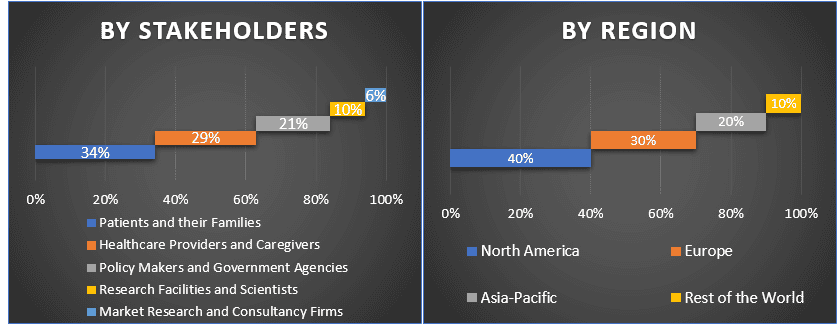
Market Engineering
Data triangulation technique was employed to complete the overall market estimation and to arrive at precise statistical numbers of each segment and sub-segment of the Hereditary Angioedema market. Data was split into several segments & sub-segments post studying various parameters and trends in the areas of type and their type of the Hereditary Angioedema market.
The main objective of the Hereditary Angioedema Market Study
The current & future market trends of Hereditary Angioedema were pinpointed in the study. Investors can gain strategic insights to base their discretion for investments from the qualitative and quantitative analysis performed in the study. Current and future market trends were determined the overall attractiveness of the market at a regional level, providing a platform for the industrial participant to exploit the untapped market to benefit as a first-mover advantage. Other quantitative goals of the studies include:
- Analyze the current and forecast market size of Hereditary Angioedema in terms of value (US$). Also, analyze the current and forecast market size of different segments and sub-segments
- Segments in the study include areas of type and their subtypes
- Define and analysis of the regulatory framework for the Hereditary Angioedema industry
- Analyze the value chain involved with the presence of various intermediaries, along with analyzing customer and competitor behaviors of the industry
- Analyze the current and forecast market size of the Hereditary Angioedema market for the major region
- Major regions studied in the report include North America (US, Canada, Rest of North America), Europe (Germany, UK, France, Spain, Italy, Rest of Europe), Asia-Pacific (China, Japan, India, Australia, Rest of Asia-Pacific), Rest of World.
- Company profiles of the Hereditary Angioedema market and the growth strategies adopted by the market players to sustain in the fast-growing market
Deep dive regional level analysis of the industry
Related Reports
Customers who bought this item also bought

